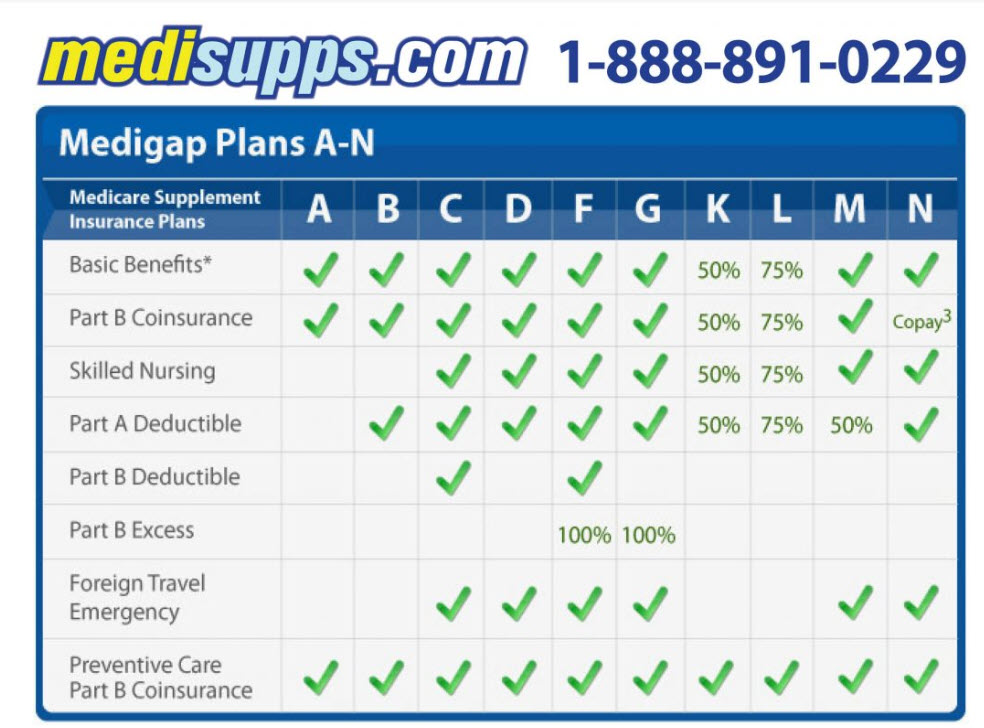Welcome to the essential guide that will demystify Medicare, your key to understanding healthcare coverage. In this comprehensive article, we will unravel the intricacies of this vital program, allowing you to navigate the world of health insurance with confidence and clarity.
Medicare, a federal health insurance program in the United States, provides coverage for individuals aged 65 and older, as well as those with certain disabilities or specific medical conditions. With various parts and plans, including Medicare Advantage (Part C), Original Medicare (Parts A and B), and Medicare Part D prescription drug coverage, it's important to grasp the fundamentals to make informed decisions about your healthcare.
We will delve into the specifics of each component of Medicare, such as the coverage provided by Parts A, B, and D, explaining how they work together to provide a comprehensive range of benefits. Determining your eligibility for Medicare and understanding the enrollment process will empower you to take timely action and secure the coverage you need.
Furthermore, we will explore Medicare Supplement Plans (Medigap), which help fill the gaps in coverage left by Original Medicare, ensuring you receive the care you require without incurring significant out-of-pocket expenses. Considering Medicare costs is also crucial, as we discuss premiums, deductibles, copayments, and coinsurance, assisting you in estimating your potential expenses.
Lastly, we will shed light on important periods such as Medicare Open Enrollment and the Medicare Advantage Disenrollment Period, during which you can make changes to your coverage. We will also explore Medicare Advantage Special Needs Plans and Medicare Savings Programs, which cater to individuals with unique healthcare needs or financial limitations.
By the end of this informative journey, you will have a comprehensive understanding of Medicare, empowering you to make informed decisions regarding your healthcare coverage. Let's begin unraveling the complexity and deciphering the options available to you within this essential program.
Overview of Medicare Coverage
Medicare is a health insurance program in the United States that provides coverage for individuals who are 65 years old or older, as well as some younger individuals with specific disabilities or end-stage renal disease. It is important to understand the different parts of Medicare and how they work together to provide comprehensive healthcare coverage.
Original Medicare, consisting of Medicare Parts A and B, forms the foundation of Medicare coverage. Medicare Part A primarily covers inpatient hospital care, skilled nursing facility care, hospice care, and some home healthcare services. On the other hand, Medicare Part B covers outpatient medical services, including doctor visits, preventive care, medical supplies, and certain diagnostic tests.
In addition to Original Medicare, individuals have the option to enroll in Medicare Advantage plans (Part C) offered by private insurance companies. These plans often include benefits beyond what is provided by Original Medicare, such as prescription drug coverage (Part D) and additional services like dental, vision, or hearing care. Medicare Advantage plans typically require individuals to receive care within a network of healthcare providers, but they can offer cost-saving advantages and more coordinated care.
It is also worth mentioning Medicare Supplement Plans, commonly known as Medigap policies, which are designed to help cover certain costs not covered by Original Medicare, such as deductibles, coinsurance, and copayments. These plans are sold by private insurance companies and can provide added financial protection for those enrolled in Original Medicare.
Understanding the different parts and options of Medicare is crucial for making informed decisions about healthcare coverage. From enrollment periods to coverage details, having a clear understanding of Medicare can help individuals navigate the complexities and take advantage of the benefits and cost-saving opportunities it offers.
Understanding Original Medicare and Its Parts
Original Medicare is a government health insurance program that provides coverage for many American citizens and permanent residents aged 65 and older, as well as certain individuals with disabilities. It consists of two main parts: Medicare Part A and Medicare Part B.
Medicare Part A primarily covers hospital insurance, including inpatient care in hospitals, skilled nursing facilities, hospice care, and limited home healthcare services. If you or your spouse have paid Medicare taxes while working, you may qualify for premium-free Medicare Part A. However, if you don't meet the criteria for premium-free Part A, you may still be able to enroll by paying a monthly premium.
Medicare Part B, on the other hand, is medical insurance that covers outpatient services, preventive care, doctor visits, diagnostic tests, durable medical equipment, and certain other medical services. Part B requires most individuals to pay a monthly premium, which is usually automatically deducted from their Social Security benefits.
It's important to note that Original Medicare alone does not cover all healthcare expenses. There are gaps in coverage, such as deductibles, copayments, and coinsurance, which can result in out-of-pocket costs for beneficiaries. To help with these expenses, individuals have the option to explore Medicare Supplement Plans, also known as Medigap, which are offered by private insurance companies.
Understanding the different parts of Original Medicare is crucial to making informed healthcare decisions. While Part A mainly covers hospital-related services, Part B focuses on medical services outside of the hospital. It's important to carefully review the coverage and costs associated with each part to ensure you have the necessary healthcare coverage. Stay informed about Medicare enrollment, eligibility, and any changes that may occur during Medicare Open Enrollment, as this can help you make the most of your Medicare benefits.

Exploring Additional Medicare Options and Programs
In addition to the main parts of Medicare, there are various options and programs available to enhance your coverage and meet your specific healthcare needs. Let's explore some of these additional Medicare options:
Medicare Advantage (Part C): Medicare Advantage plans are offered by private insurance companies approved by Medicare. These plans combine the benefits of Medicare Part A (hospital insurance) and Part B (medical insurance), and often include prescription drug coverage (Part D) as well. They may also offer extra benefits such as vision, dental, and hearing services. Medicare Advantage plans typically have networks of healthcare providers and may require referrals for specialized care.
Medicare Supplement Plans (Medigap): Medigap plans are also sold by private insurance companies and can help fill the gaps in your original Medicare coverage (Part A and Part B). Medigap plans offer various standardized options, each providing different levels of coverage to pay for out-of-pocket costs like deductibles, copayments, and coinsurance. It's important to note that you need to have original Medicare to be eligible for a Medigap plan.
Medicare Prescription Drug Plans (Part D): Medicare Part D is a standalone prescription drug coverage plan that helps pay for the cost of prescription medications. These plans are also offered by private insurance companies approved by Medicare. It's important to review different Part D plans, as they can vary in terms of the medications covered, monthly premiums, deductibles, and copayments.
Medicare Savings Programs: Medicare Savings Programs are state-level assistance programs designed to help individuals with limited income and resources pay for Medicare premiums, deductibles, copayments, and coinsurance. These programs vary by state and have different eligibility criteria, so it's important to check with your local Medicaid office to see if you qualify and to learn about the available programs in your area.
By exploring these additional Medicare options and programs, you can customize your healthcare coverage to better suit your needs. Whether you choose a Medicare Advantage plan, a Medigap plan, or a Part D prescription drug plan, it's essential to understand your options and carefully evaluate your priorities and budget when making decisions about your Medicare coverage. Remember, everyone's healthcare needs are unique, so take the time to find what works best for you.







